Boston Latin School
Introduction
Text-to-speech Audio
Images
The modern location of the Boston Latin School.
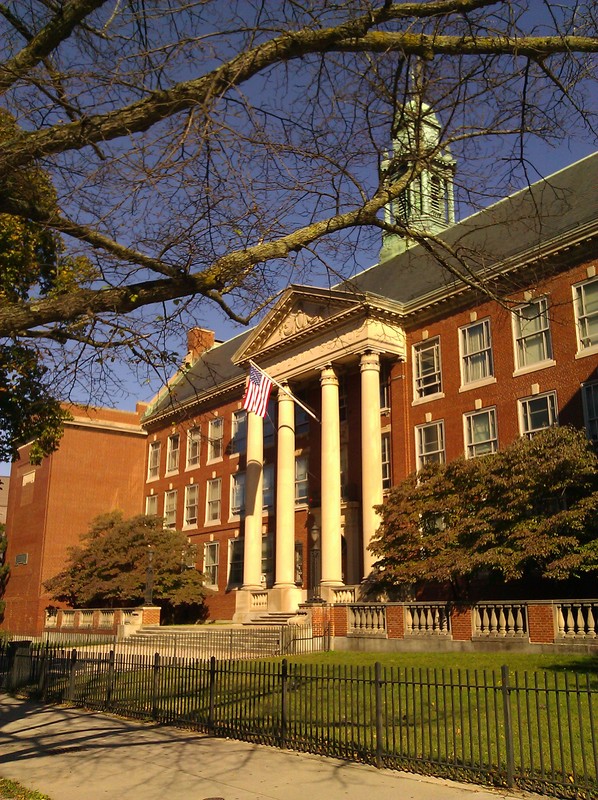
Plaque
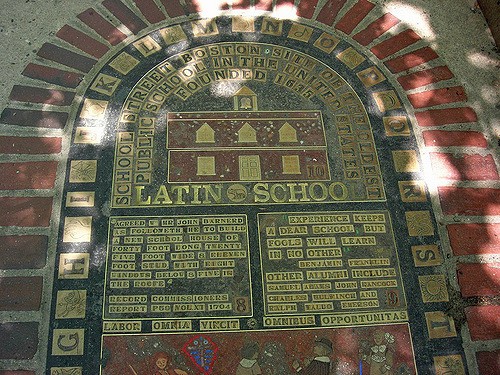
Boston Latin school at its current site in the early twentieth century.
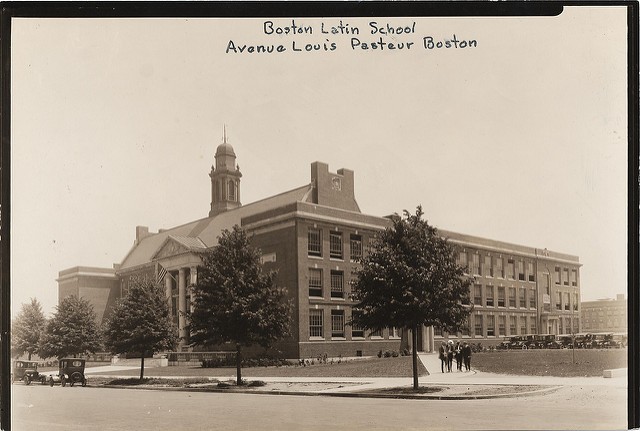
Drawing of what is thought to be the first or second school building.
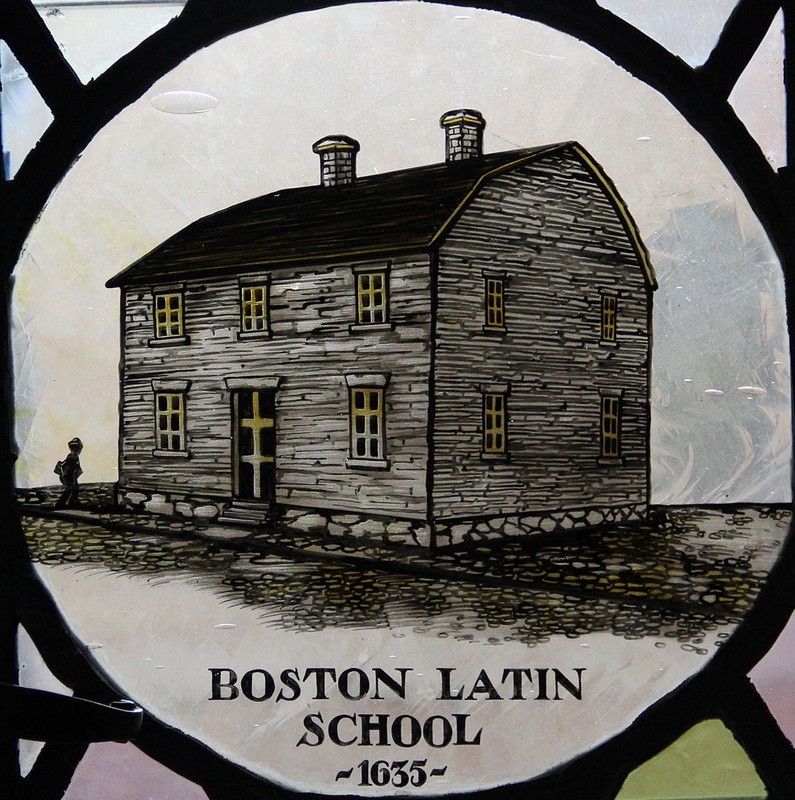

Statue of Benjamin Franklin, who attended the school before dropping out to do his studies independently.
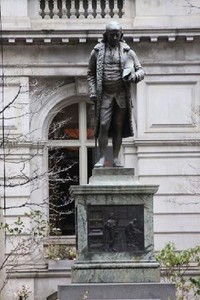
Backstory and Context
Text-to-speech Audio
Established not long after the settlement of the Massachusetts Bay Colony, Boston Latin School was inspired by the grammar schools of England. The Puritans emphasized rigorous studies of language, literature, and religion to prepare students intellectually, morally, and spiritually for their futures. Originally, the school was open to all boys of all social classes and funded by donations. Philemon Pormort served as the school’s first headmaster. The purpose of the school was to prepare boys for university.
The location of the school has changed five times but has remained at the current site since 1922. As funds allow, the school builds on to and improves the building. Former students have created monuments for Franklin as well as a civil war monument, which was the first in Boston. In 1963, the Boston School Committee approved requiring entrance tests. Before 1963, entrance examinations were not required. Students were admitted by earlier grades. The school once enacted at 35% minority policy, the school later removed the policy to make sure entrance was based on the best entrance exam scores.
The school did not become co-educational until 1972 when Congress passed Title XI, which mandated equal education for both sexes. However, the first girl to attend occurred a century earlier. Helen Magill White was an exception; she was allowed to attend because her father was the school’s sub master. She graduated from the school in 1877 then went on to become the first woman in the United States to earn a Ph.D.
The school sets high standards and serves as a model for other schools due to its success. U.S. News & World Report magazine reported the school under the "gold medal" list, ranking 51 out of the top 100 high schools in the United States for 2016. It is known that the school sends more students to Harvard than any other high school. While the school is known for ranking high for testing scores, the school also has many competitive sports teams, including sailing, cross-country, baseball, football, and soccer.
The school is known for having many famous attendees. The most well-known attendee is Benjamin Franklin, who attended before he decided to drop out of school completely. Pupils have gone on to do amazing things, including signing the Declaration of Independence and being president of Harvard University. The school’s graduates have gone on to be Senators, Pulitzer Prize winners, and other prominent members of society. As the school has grown and changed, the goals to produce students prepared to be successful in college studies has remained the same.
